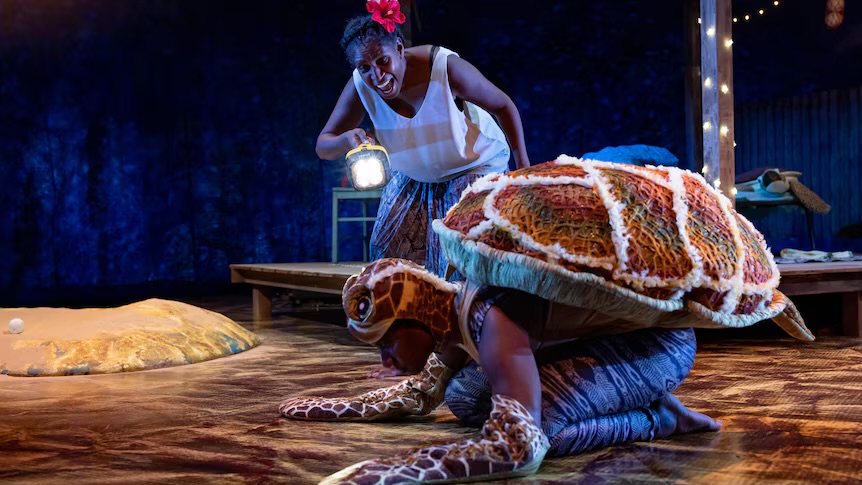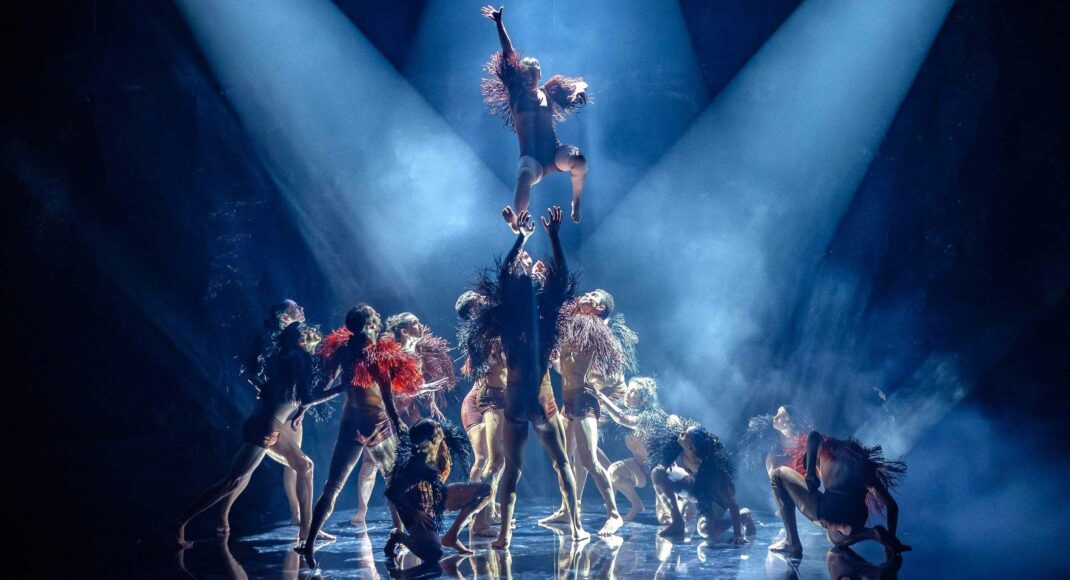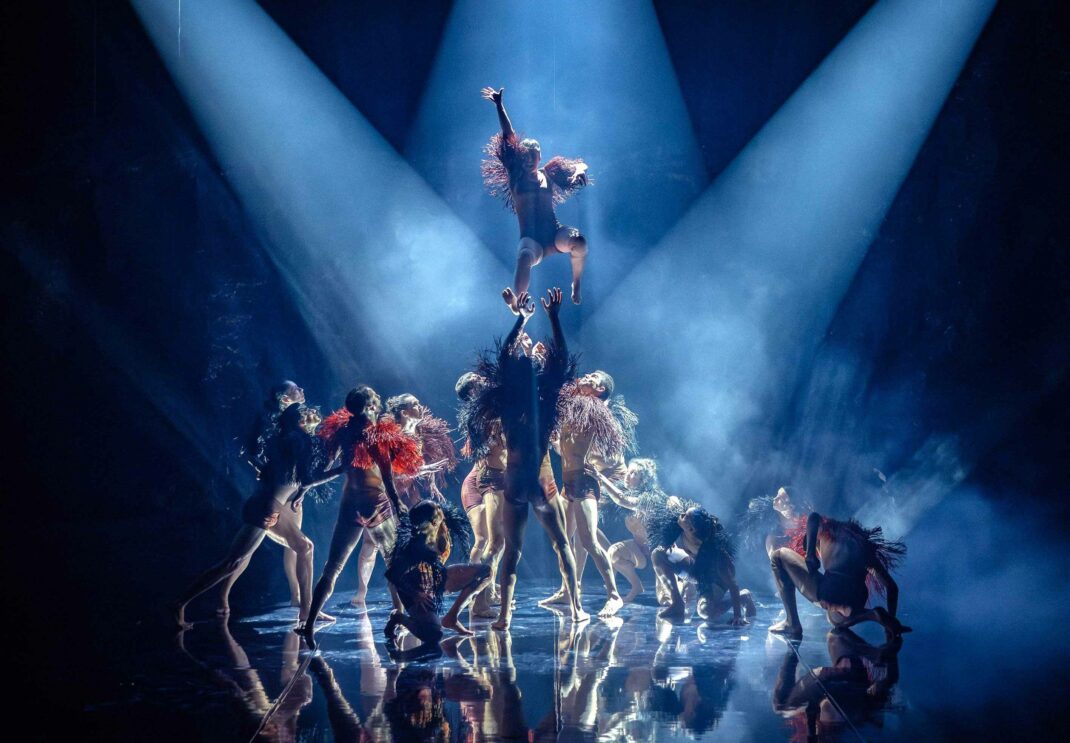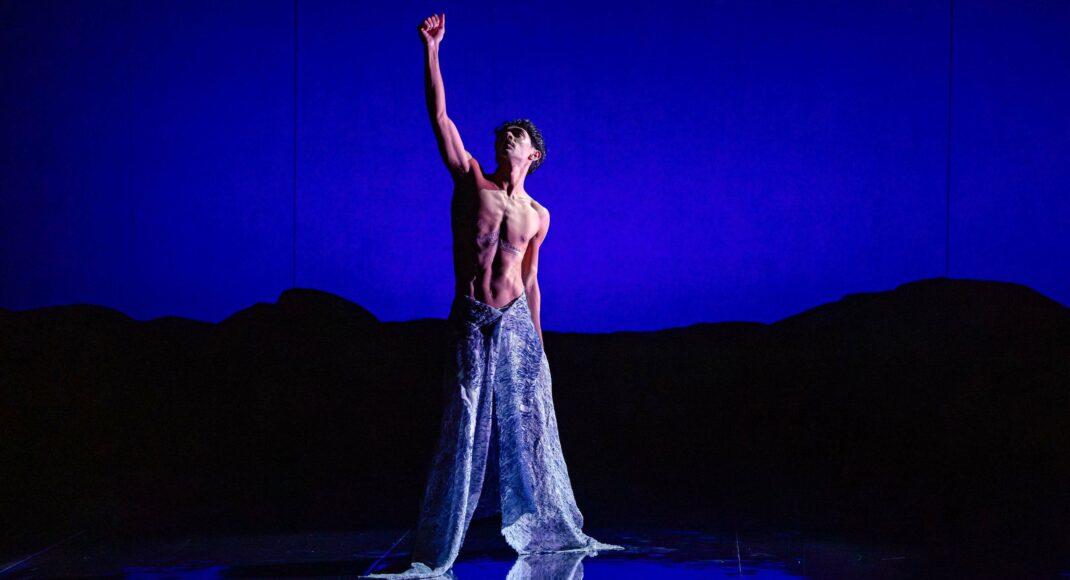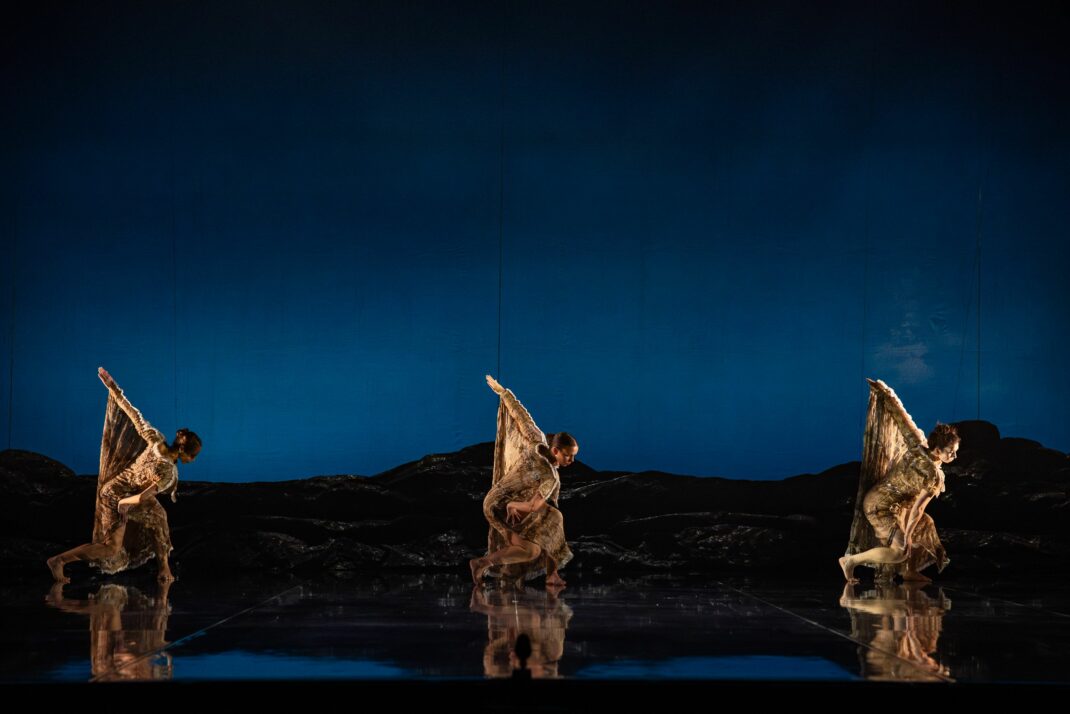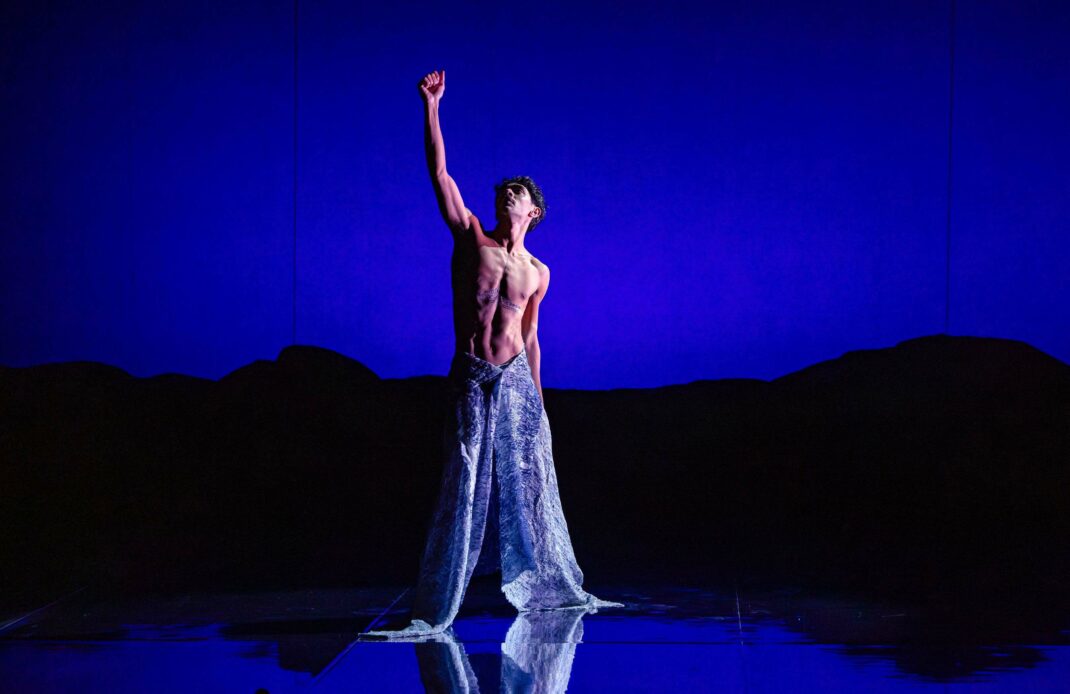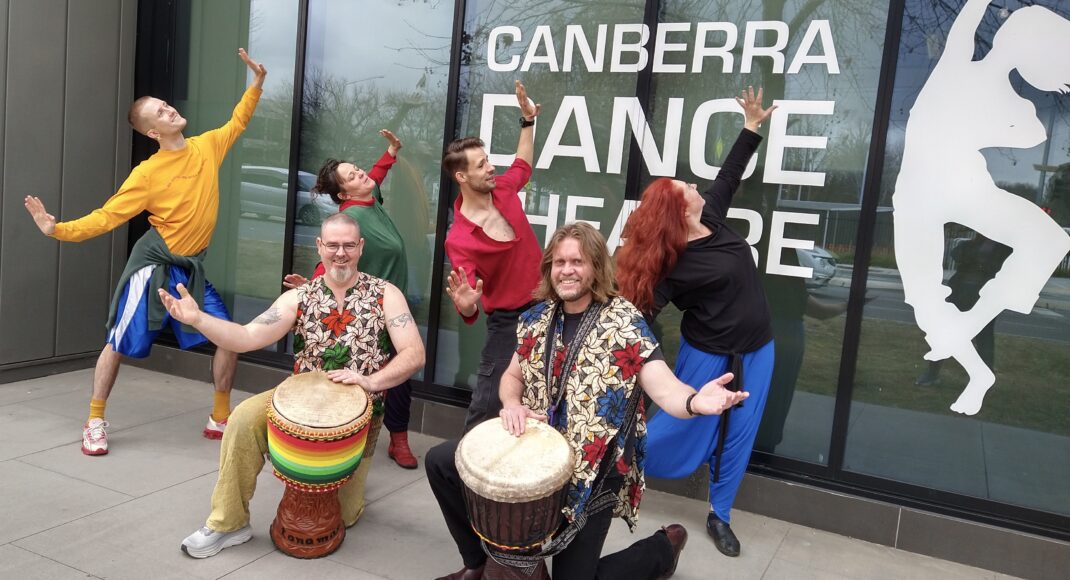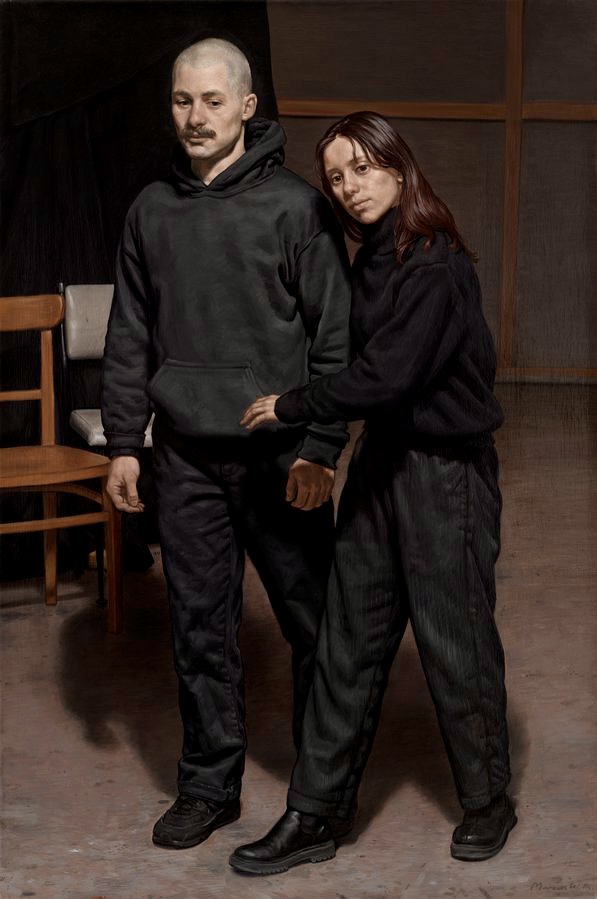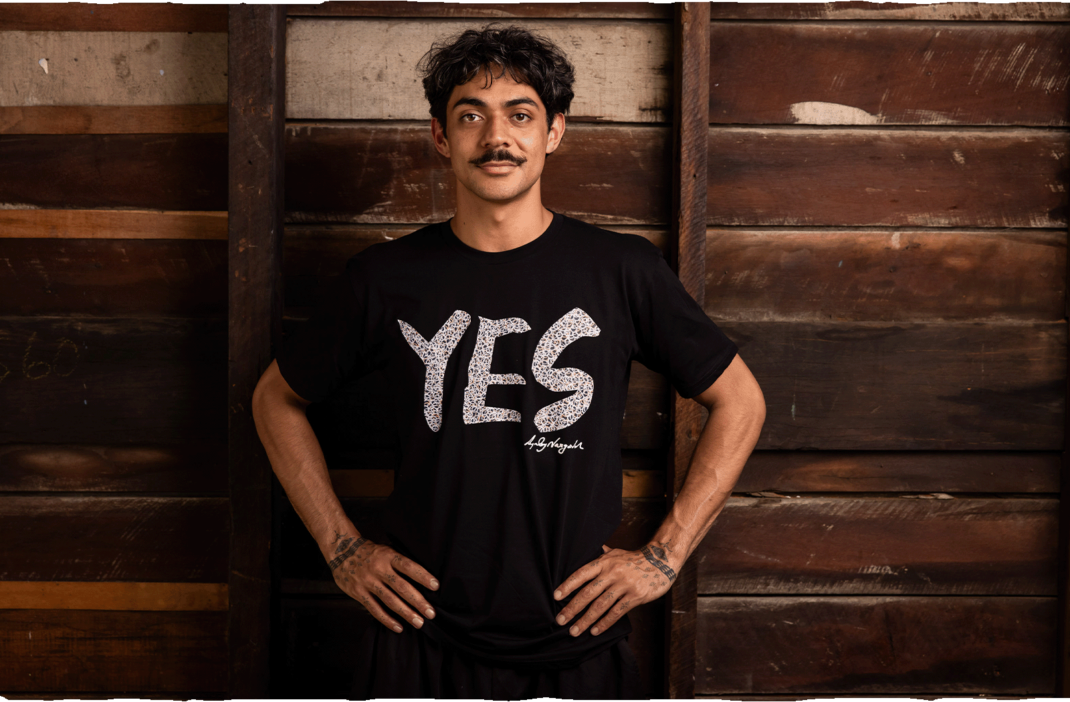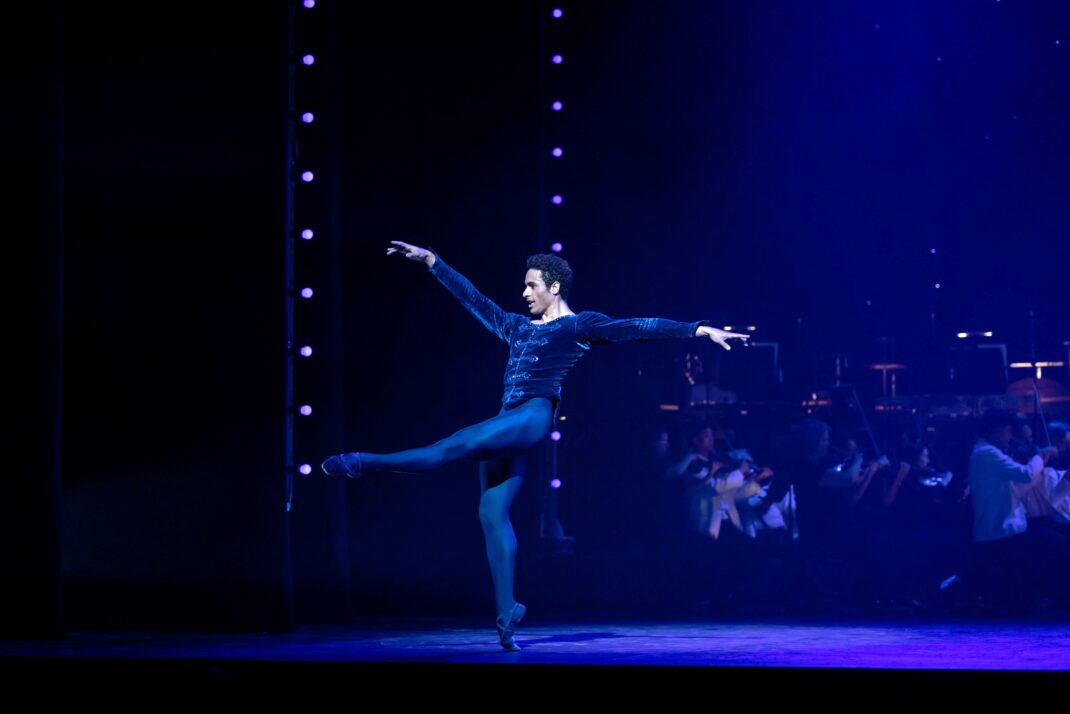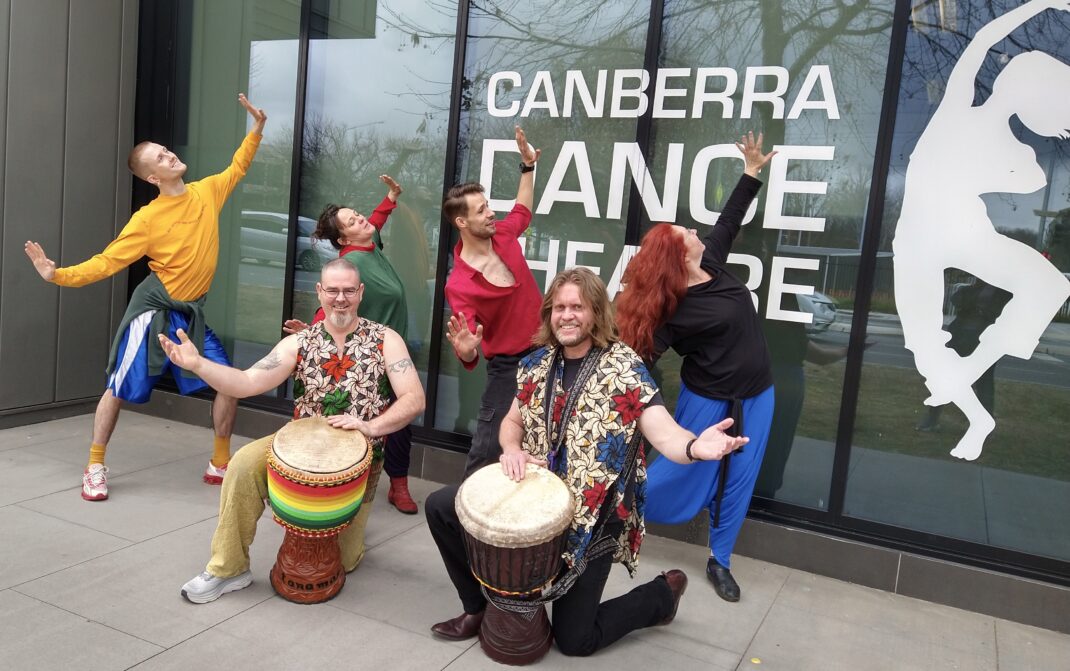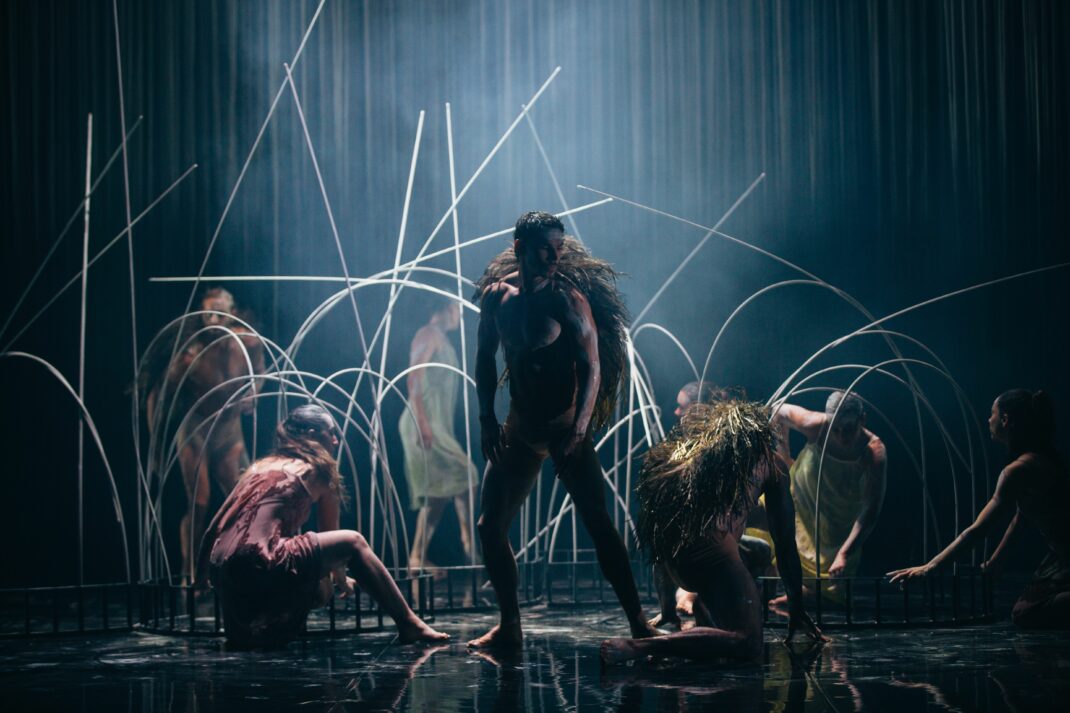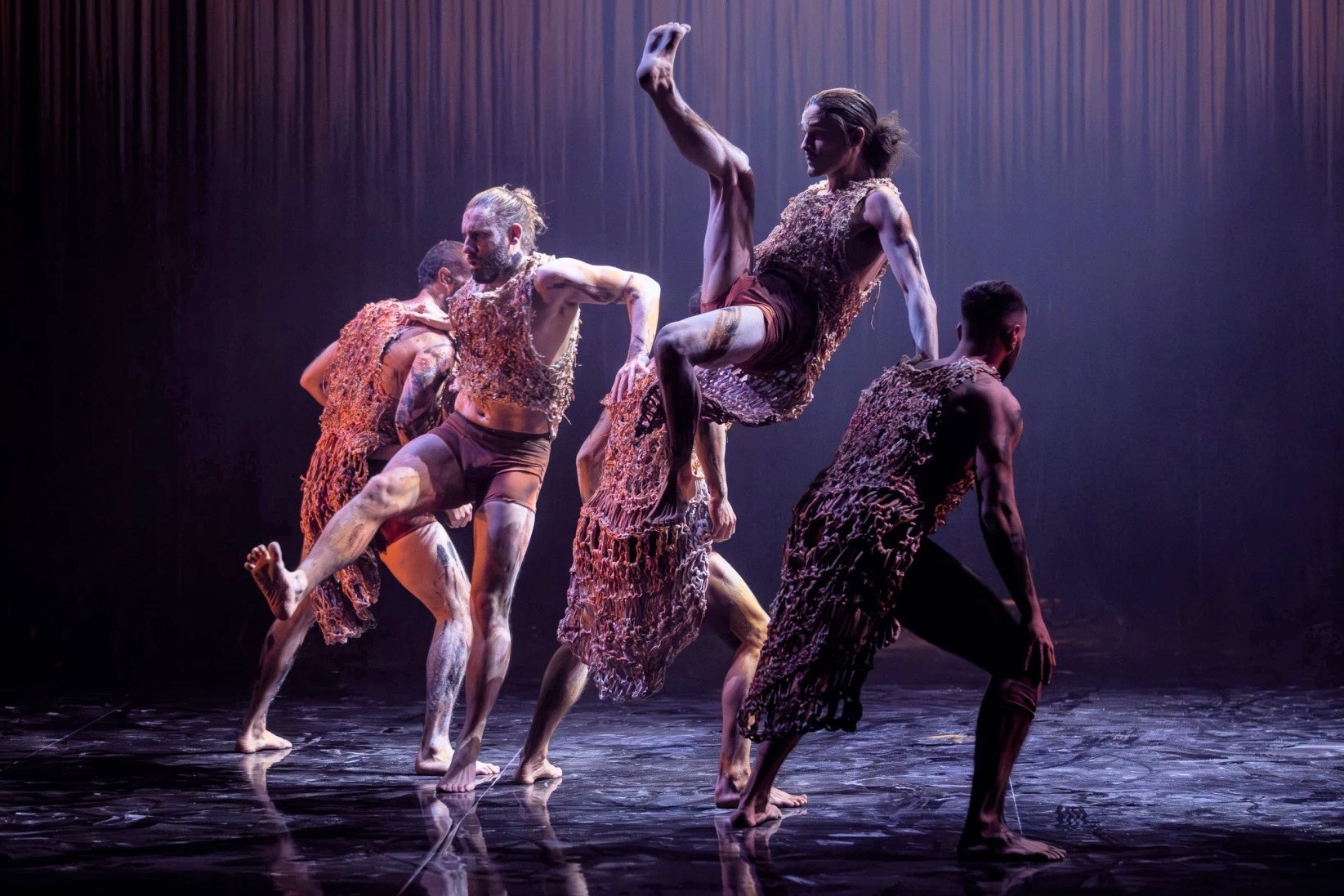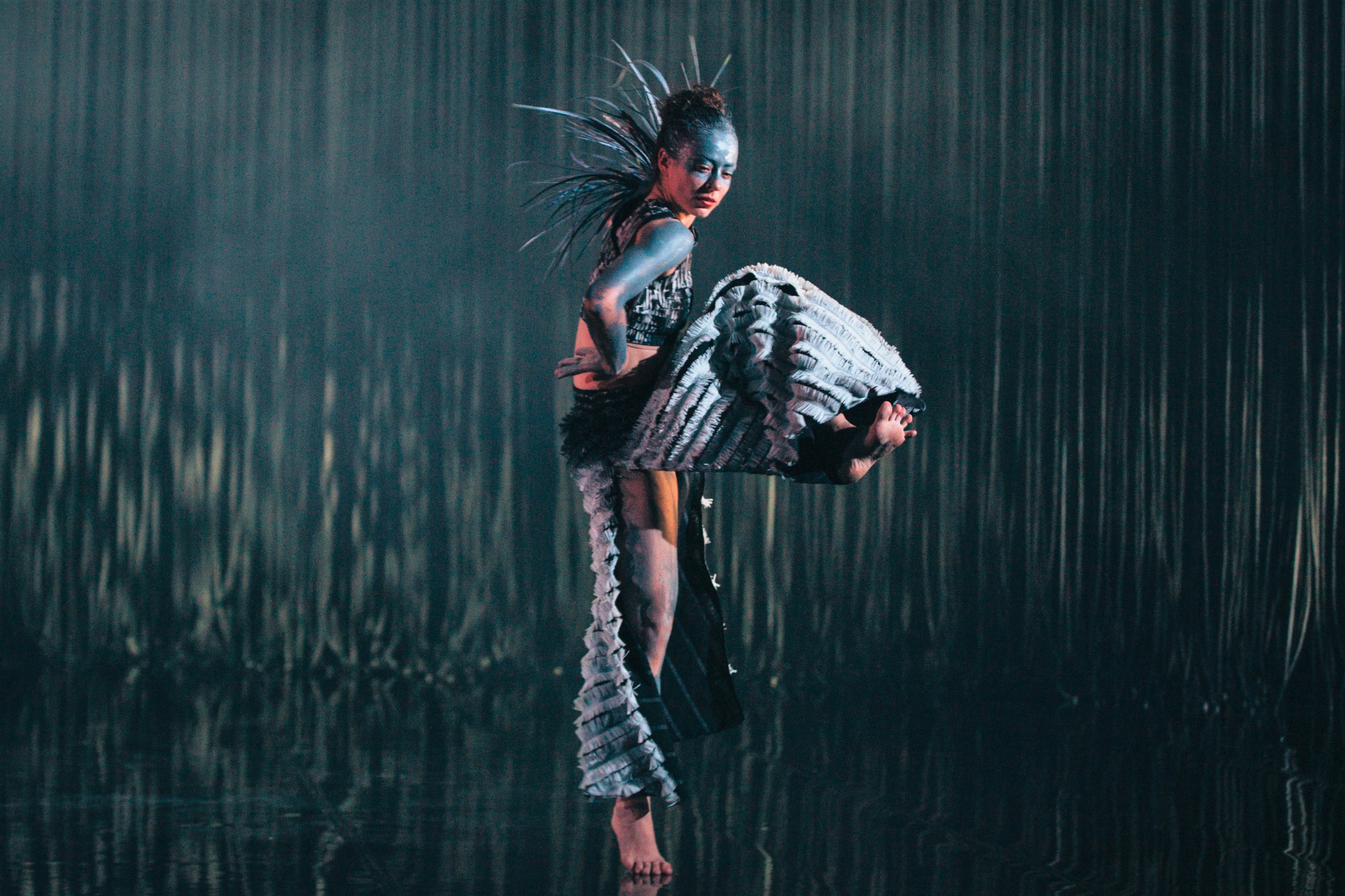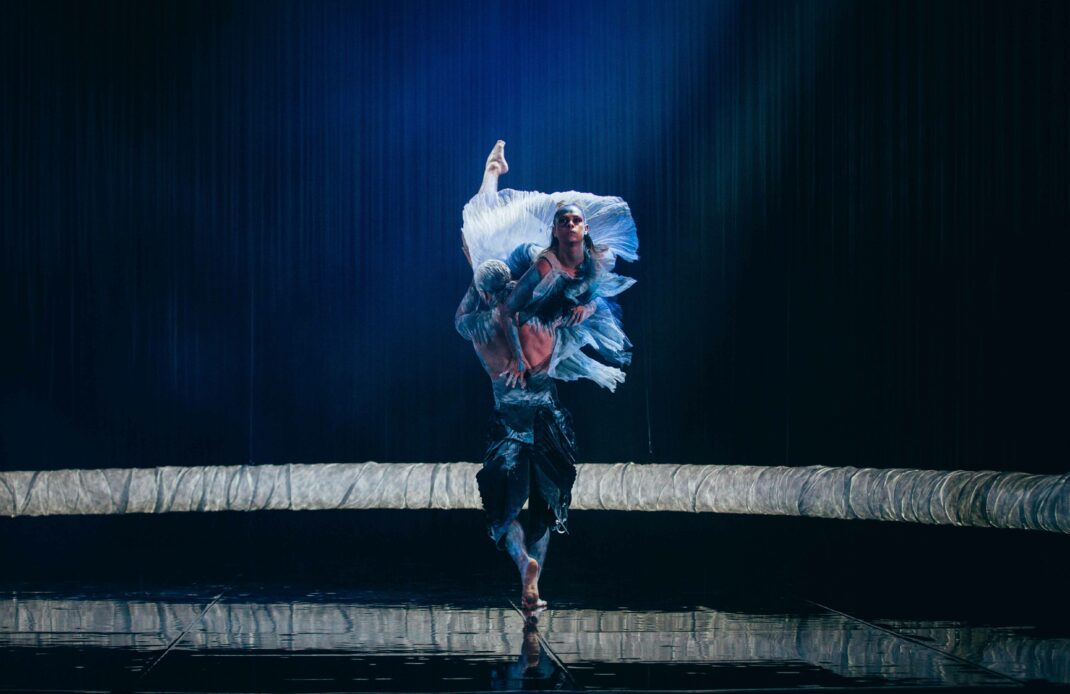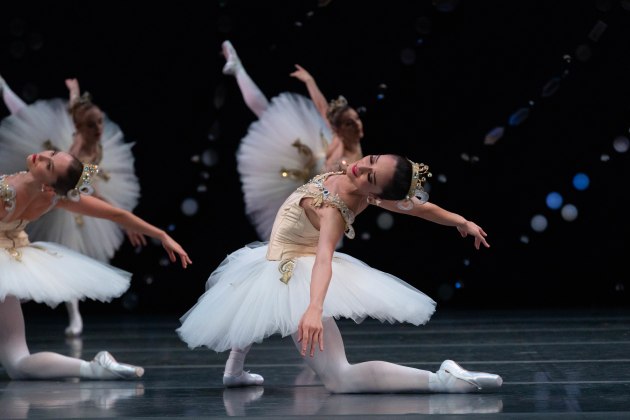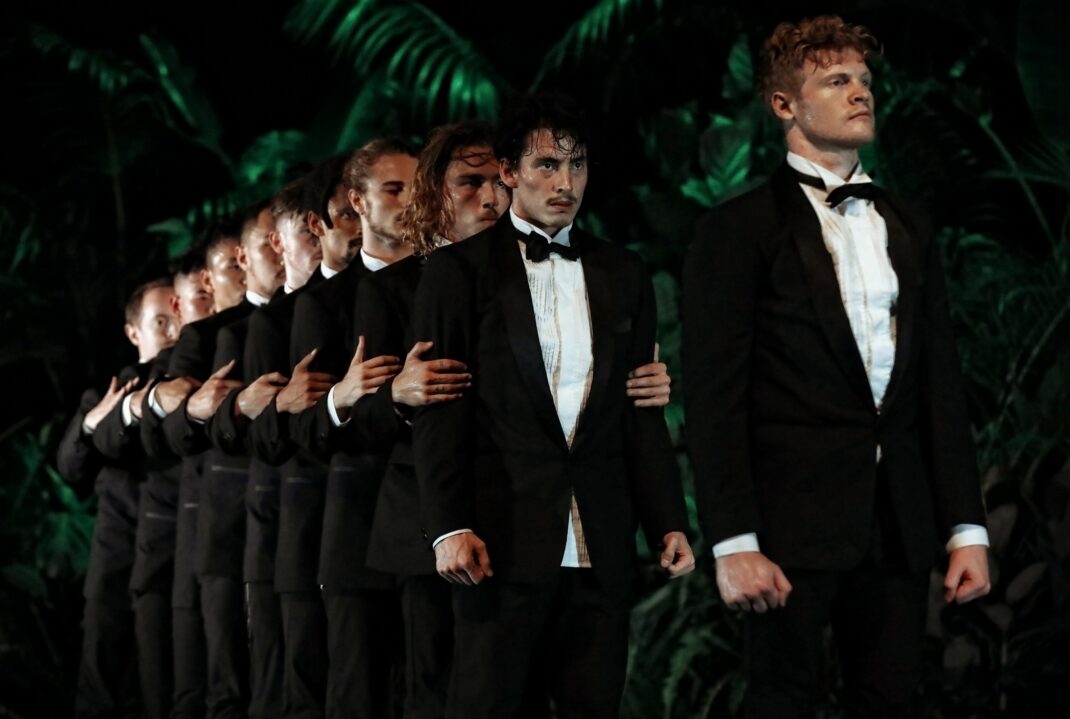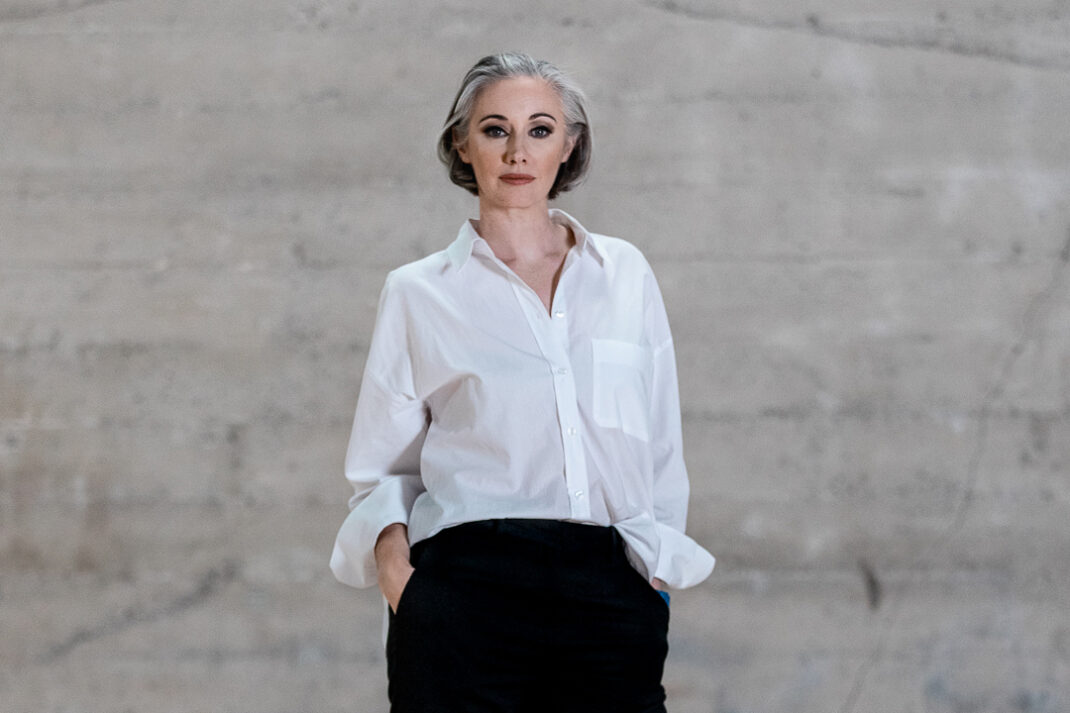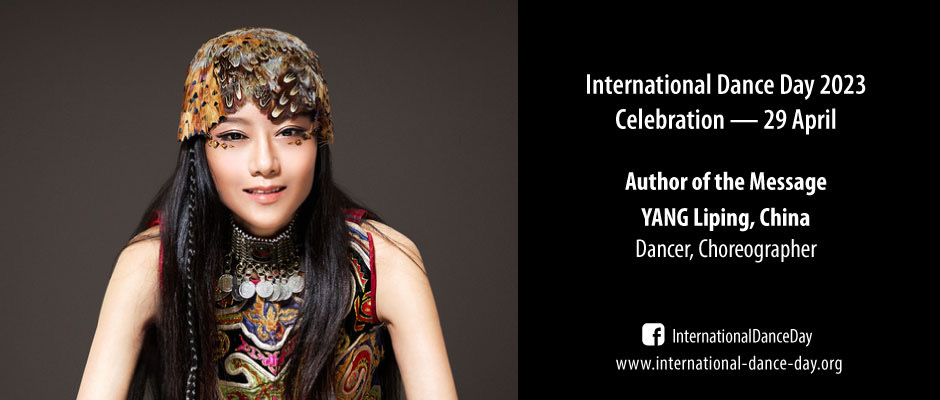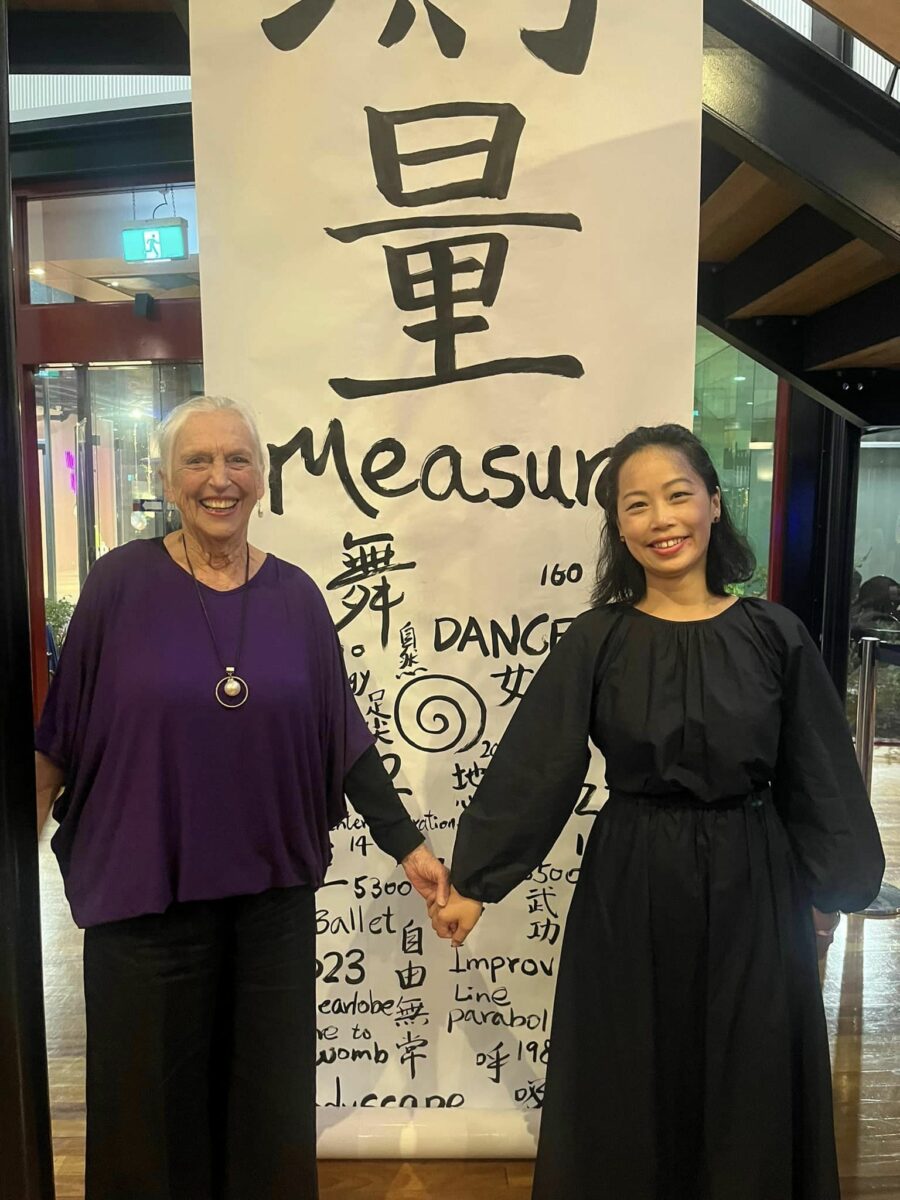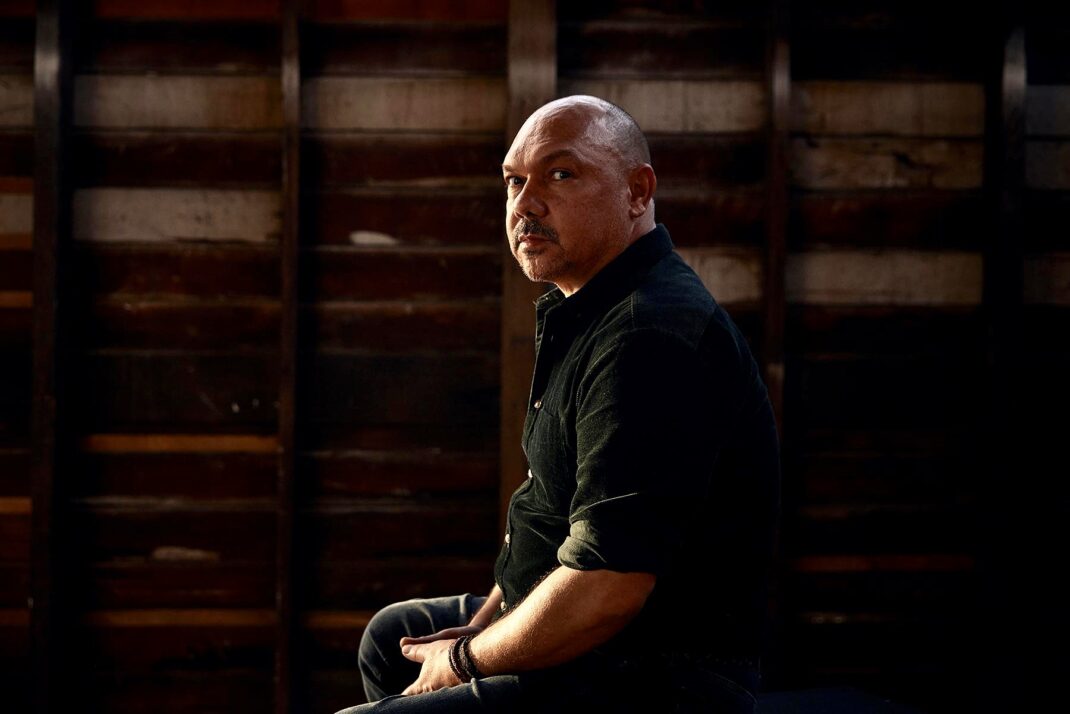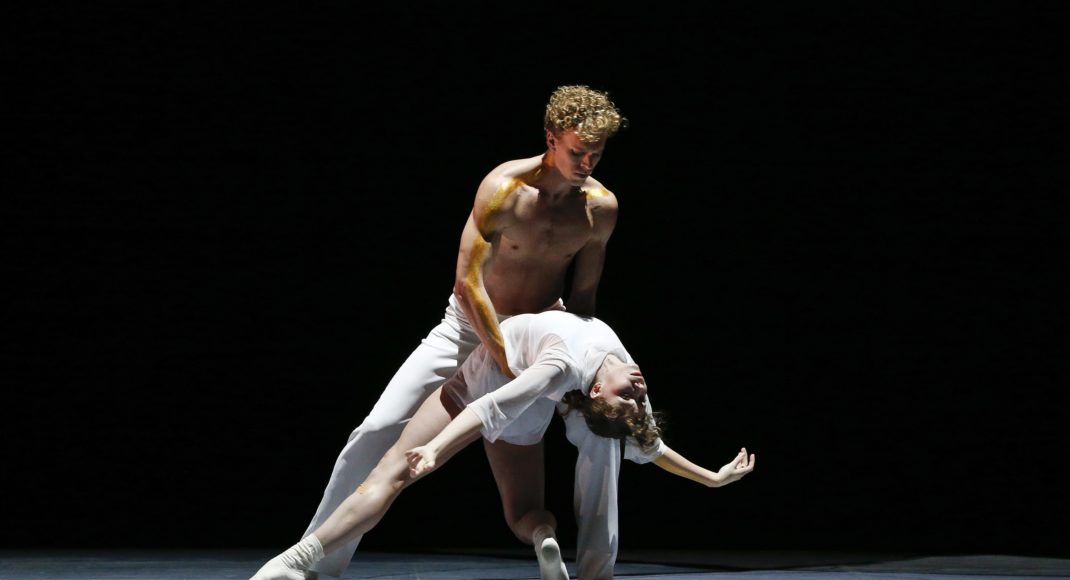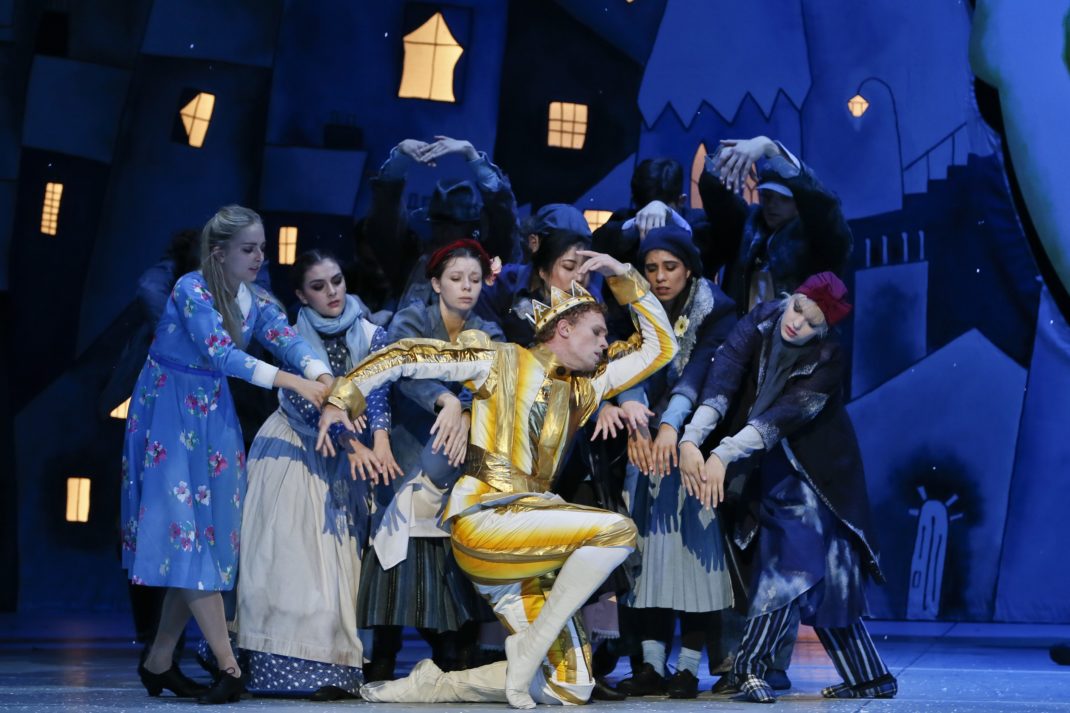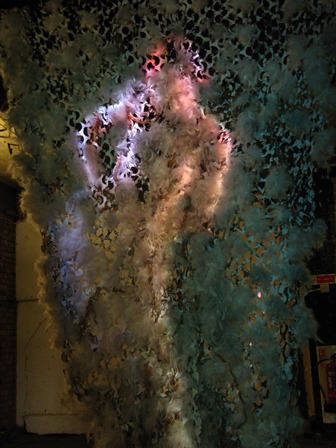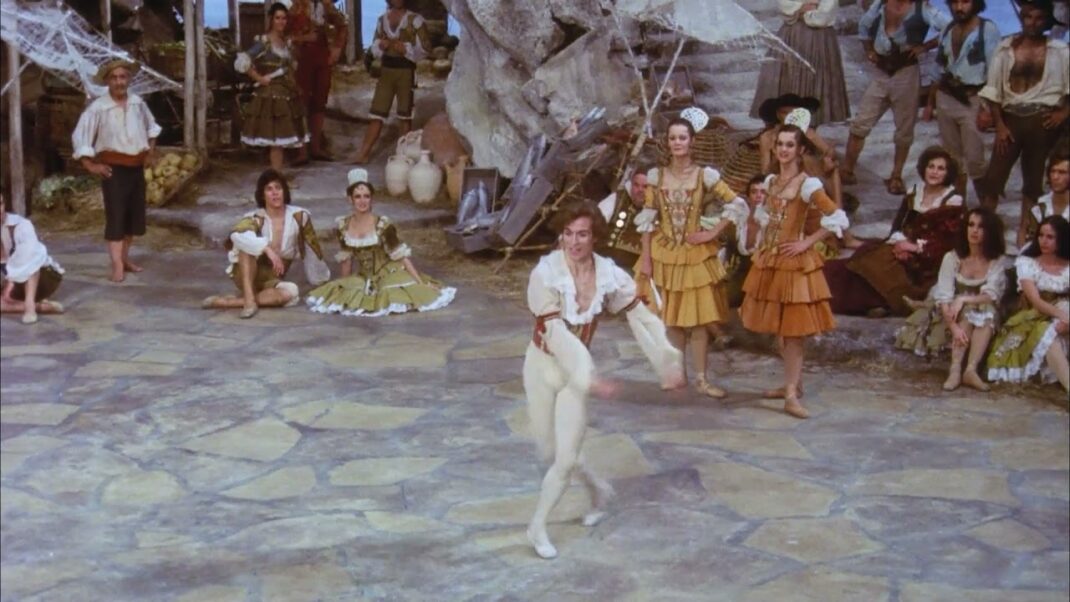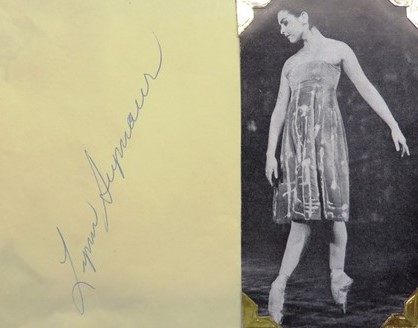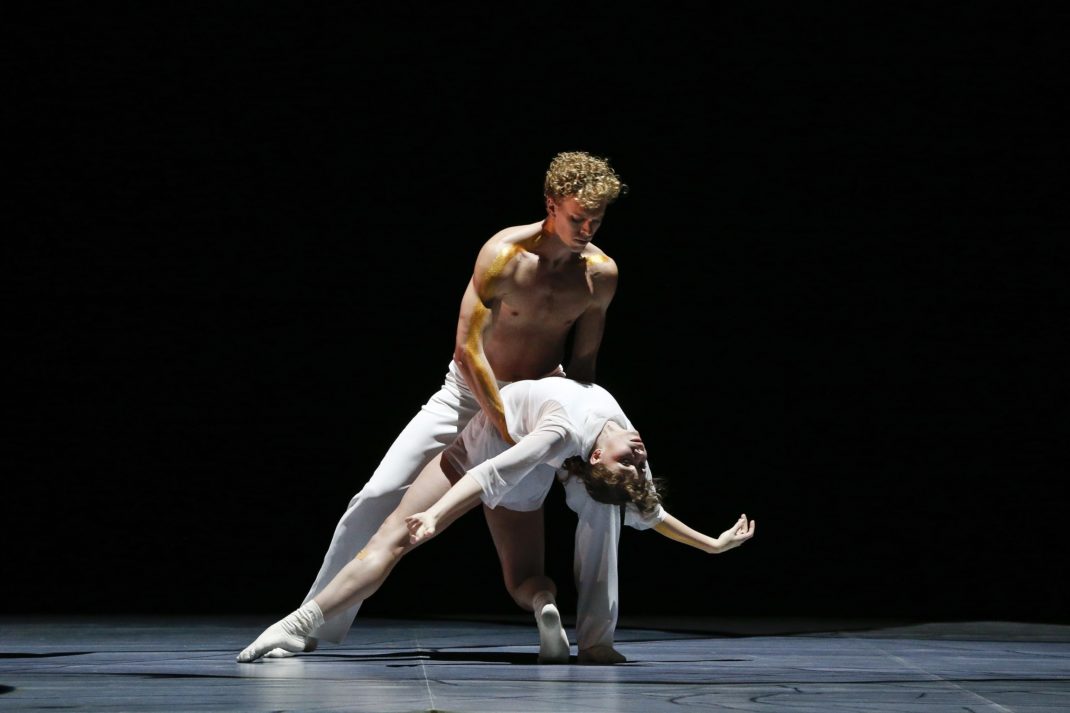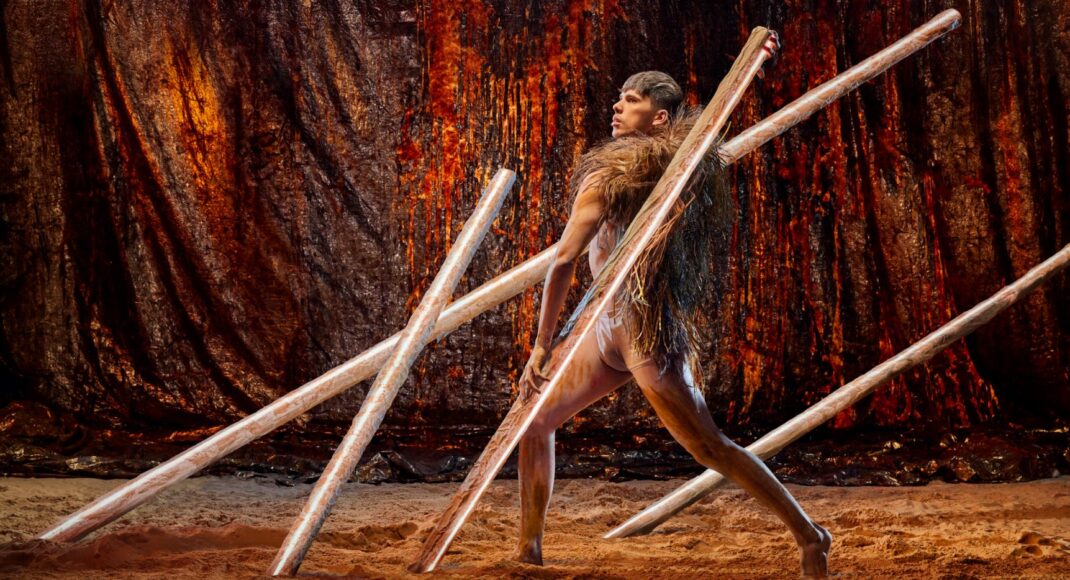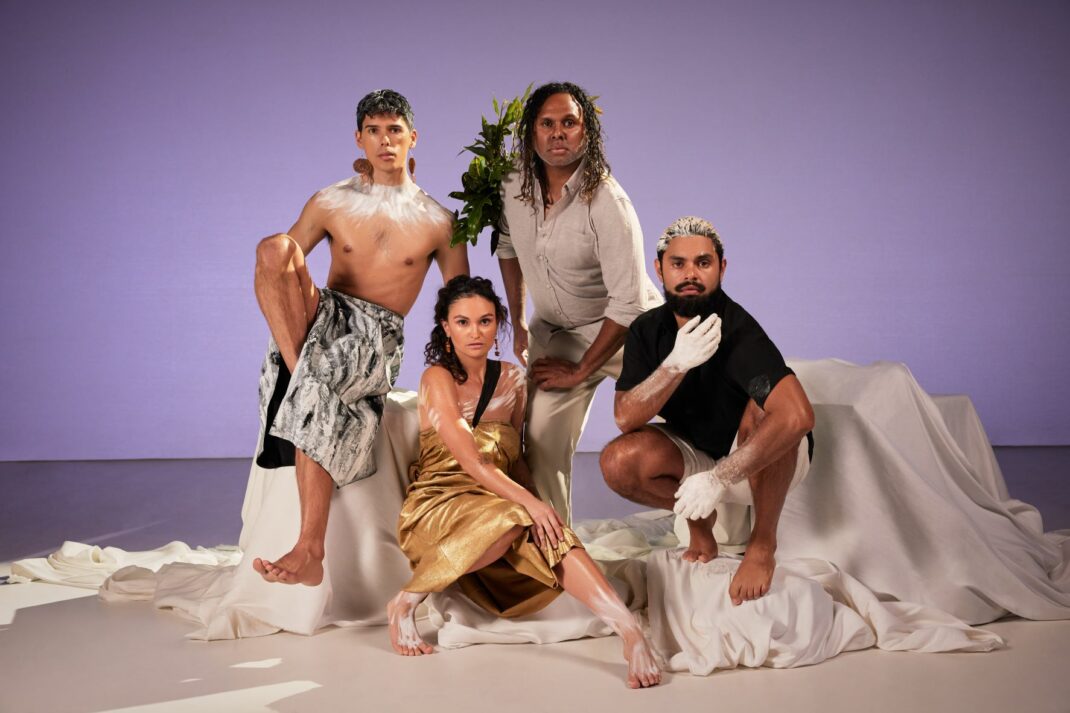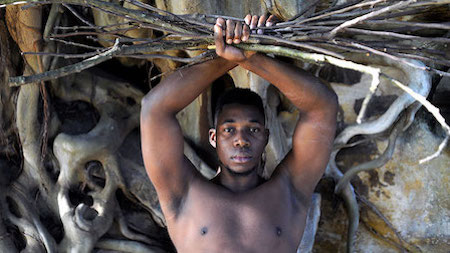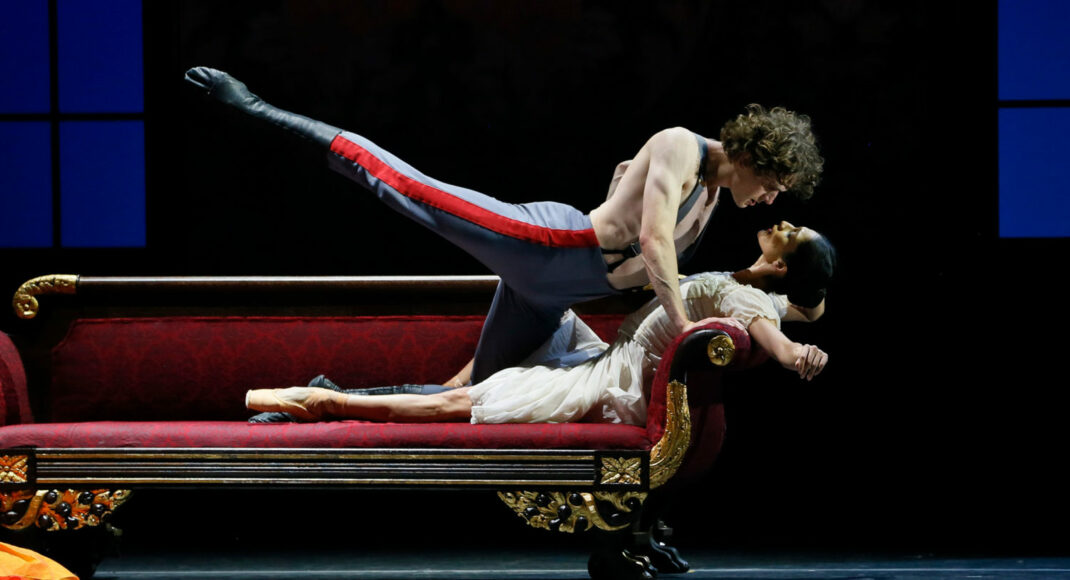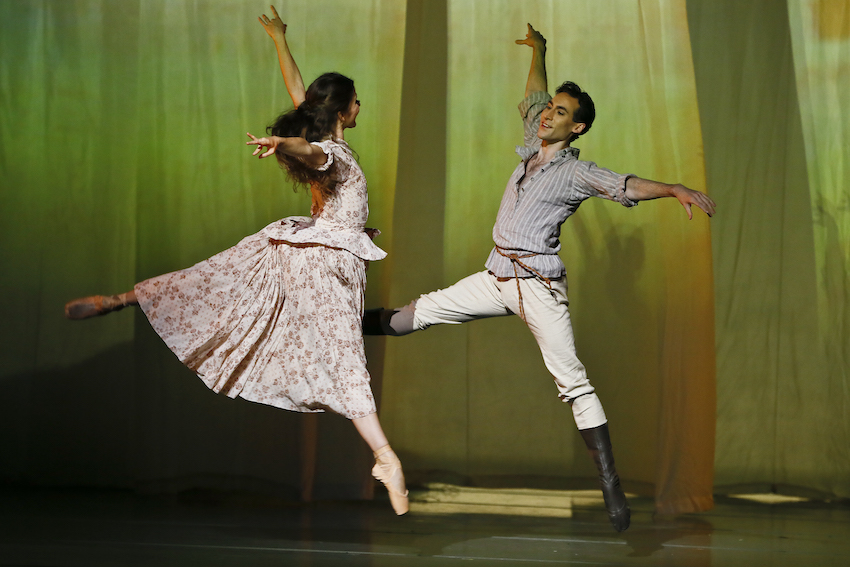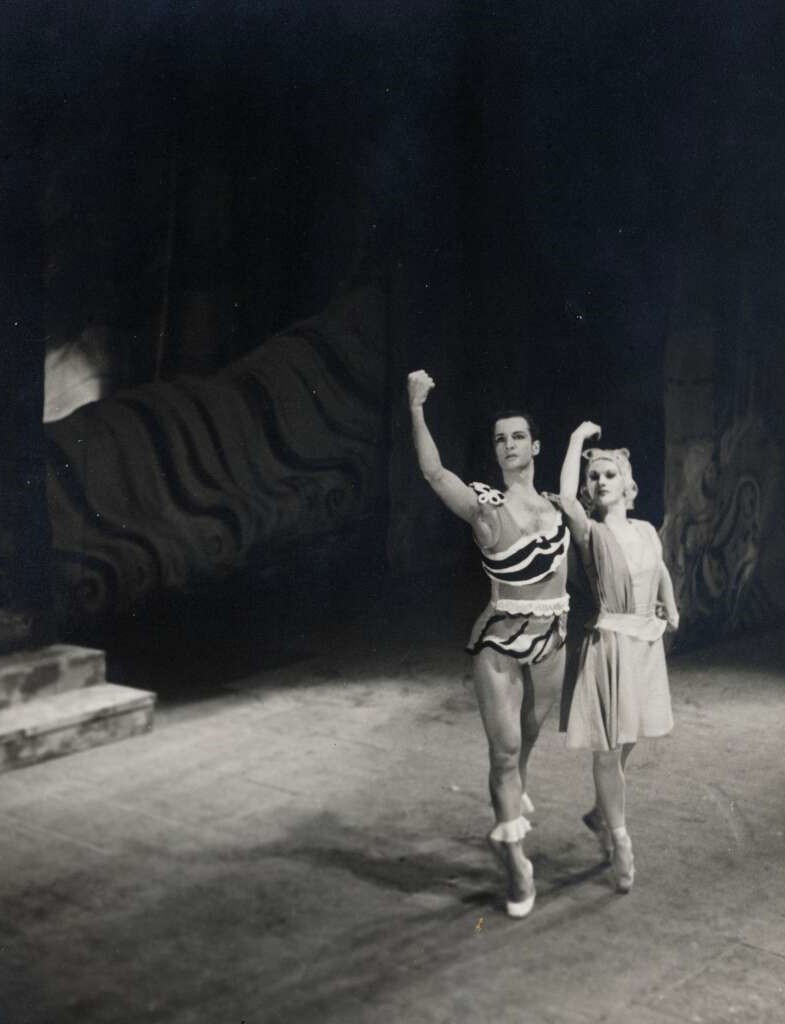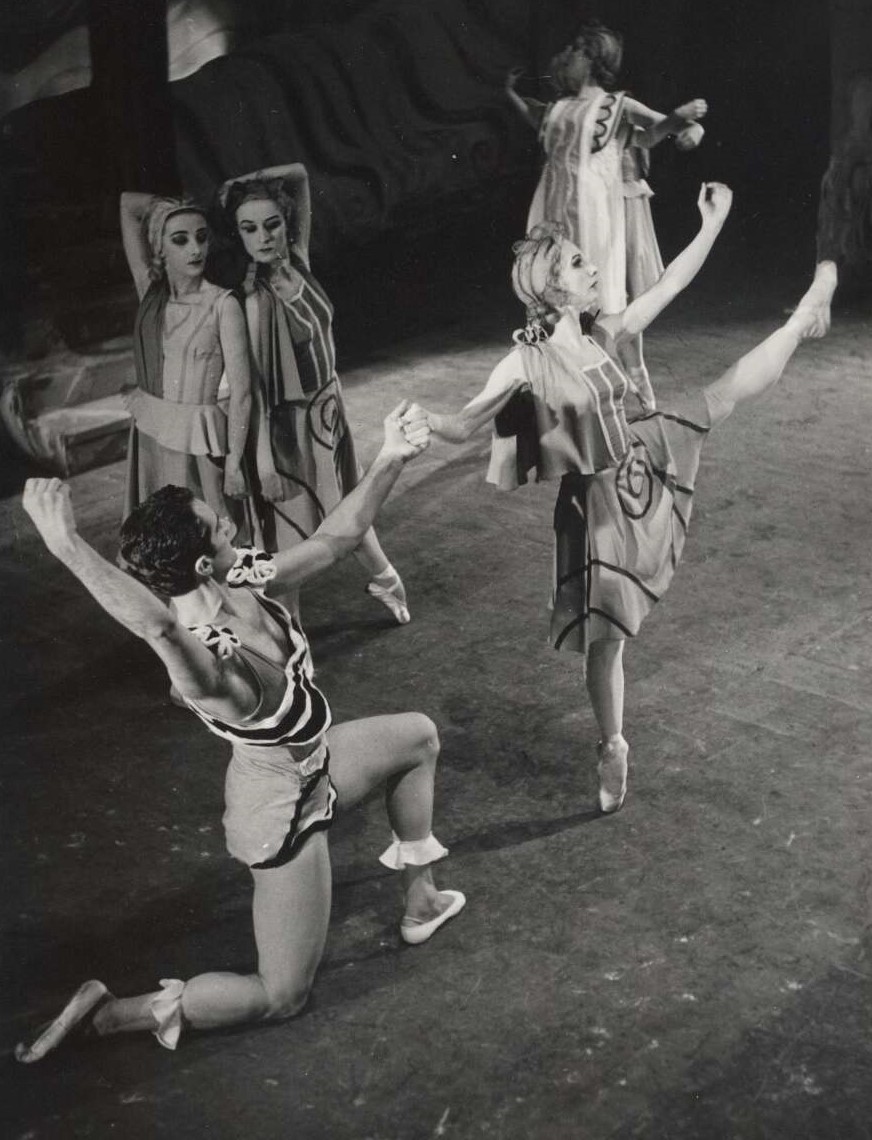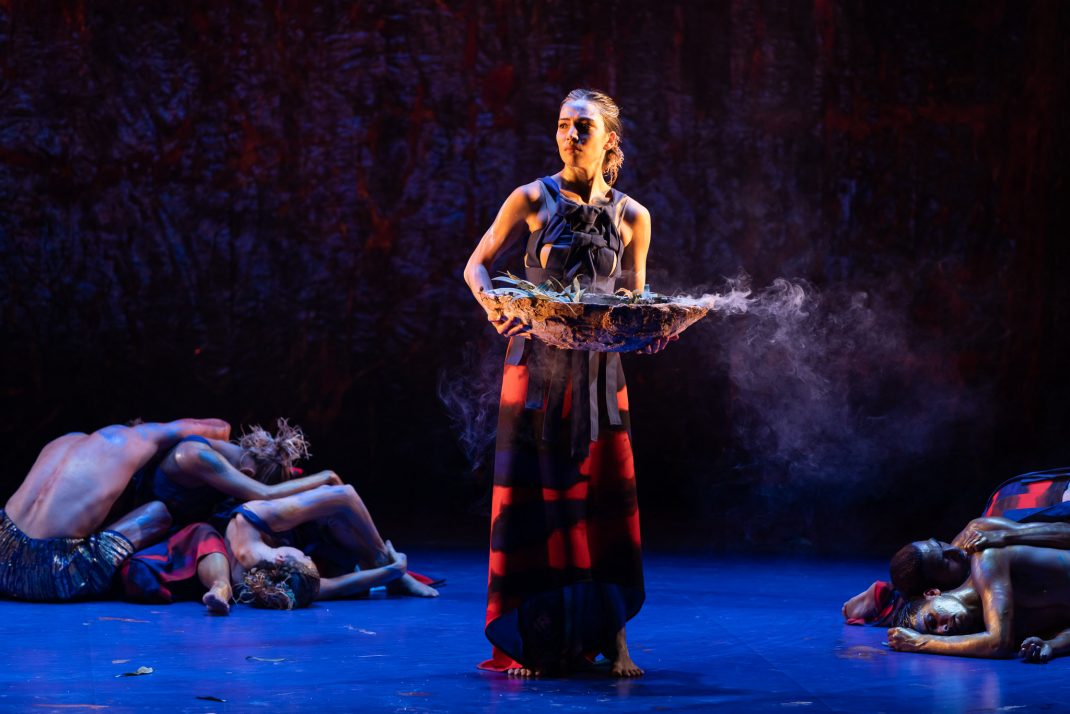My review of Bangarra Dance Theatre’s Waru— journey of the small turtle was published online on 7 November 2024 by CBR CityNews. Read it at this link. Below is a slightly enlarged version of the review.
7 November 2024. The Playhouse, Canberra Theatre Centre
Waru—journey of the small turtle is Bangarra Dance Theatre’s first work made for children, and specifically for children aged 3 to 7, although adults can certainly enjoy it too. Drawing inspiration from Torres Strait Islander culture, Waru tells the story of Migi, a turtle who, after birth on an island in the Torres Strait, navigates her way out to sea with others born at the same time, and who then returns to the island to give birth to her own baby turtle. The idea for, and the creation of the work, came from Bangarra’s former artistic director, Stephen Page, and his son, Hunter Page-Lochard who wrote the storyline. There is creative input from various Bangarra dancers and in particular from Torres Strait Islander woman, Elma Kris. Kris takes on the leading role of Aka Malu (loosely translated as grandmother) in Waru. She is the storyteller and works hard (and effectively) to engage the young audience, and to convince everyone to participate in her storytelling actions.
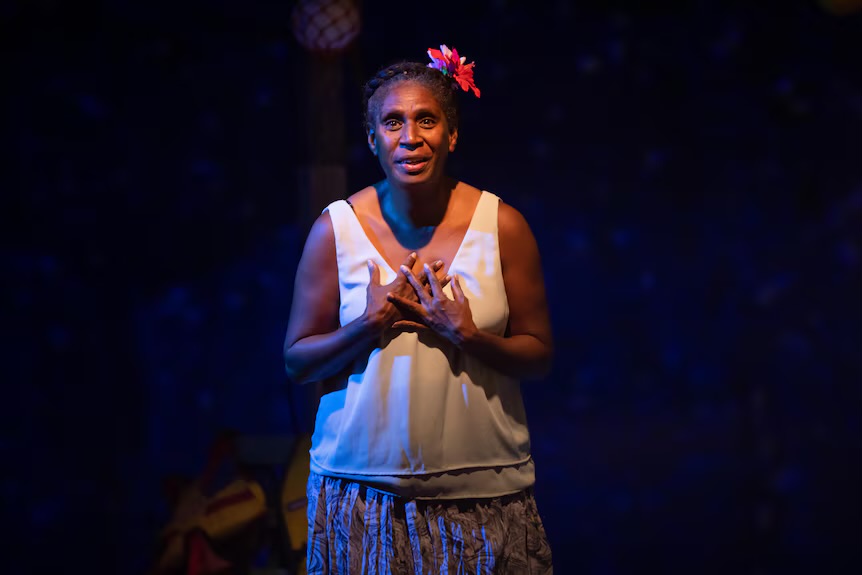
The cast is tiny. Elma Kris is joined by one other performer who plays a range of roles throughout the production, including the two turtles (the mother and a grown-up Migi), and a lizard who likes to eat turtle eggs before they hatch. But the story mostly flows beautifully and, beyond the narrative relating to these particular turtles, there is a wider story of the cycle of life and the need to protect the planet. Set and costume design by Jacob Nash and lighting by Matt Cox add a strong visual element to the production, while the music comes from Steve Francis and the late David Page.
The one slight flaw for me was a loss of vibrancy in the middle of the work, in those moments while we were waiting for Migi to return to lay her egg on the island, the egg from which her own child-turtle will be born. At this point we are told of the need take care that we do not drop our rubbish into the ocean. Kris makes the point as she removes various items of plastic from the water surrounding the island, and from the body of a sea animal who has become entangled with discarded rubbish.
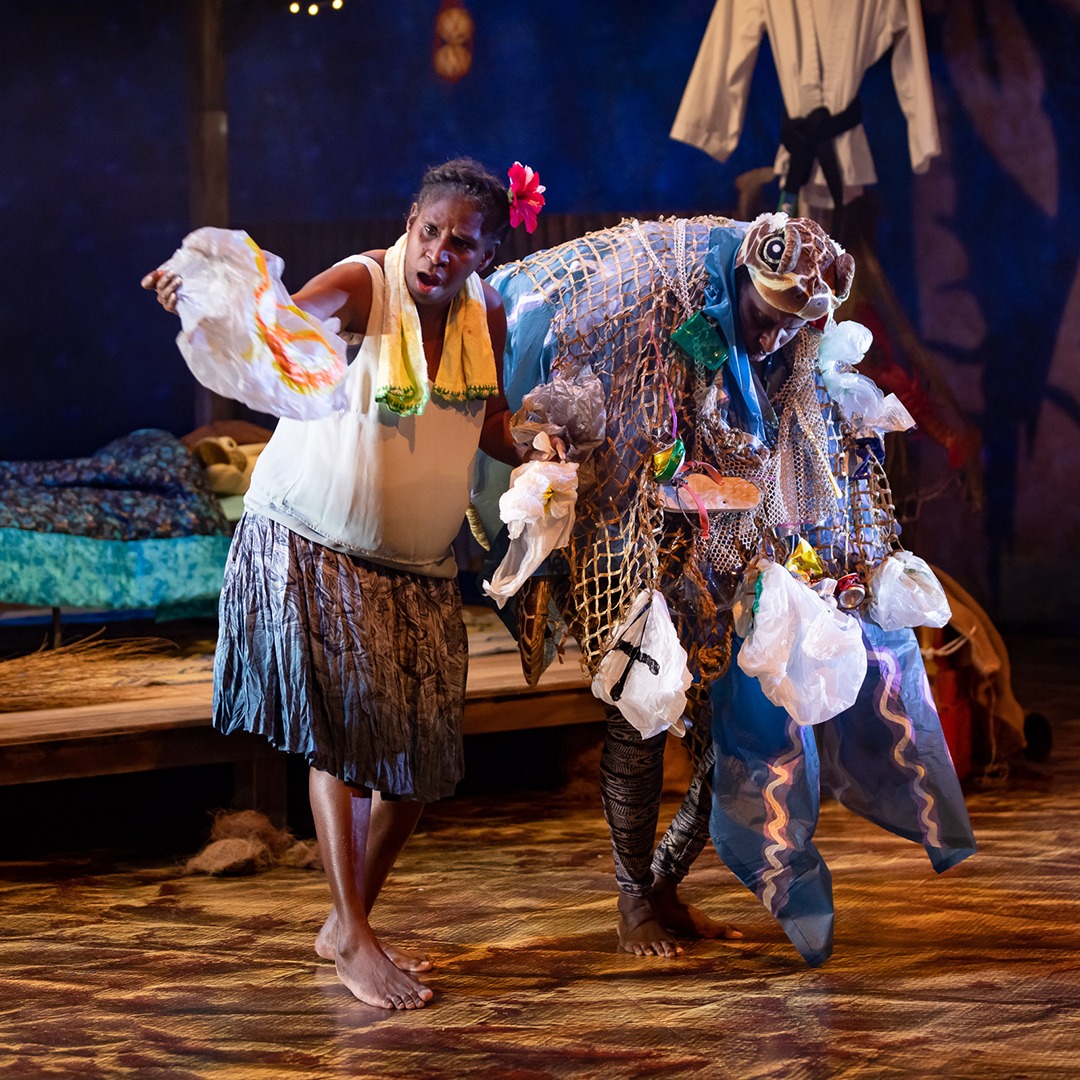
Kris stuffs the collected rubbish in a bag and puts it to one side in order to have it recycled. But after the early excitement of the birth of Migi and the aid the audience was asked to give in helping the new-born turtles make their way out to sea, these following moments seemed quite passive, despite their importance and their relationship to climate change
In what is quite a short work, there is just a small amount of dancing although it includes a beautiful traditionally-focused dance, Kasa Kab, choreographed by Peggy Misi and Stephen Page. In many respects Waru reminds me of an old-style pantomime with the children in the audience joining in the action. They become increasingly involved towards the end, when Kris the storyteller is looking for that evil lizard who has appeared onstage for a second time and is seeking to eat Migi’s newly laid egg. Of course, Kris pretends she can’t find where exactly the lizard is located and the audience shouts and shouts telling her where to look. Of course, she looks everywhere but where the shouting directs her. It takes me back to those wonderful pantomime days! There is much to enjoy in Waru, for both children and adults.
Michelle Potter 8 November 2024
Featured image: Elma Kris as the Storyteller with Migi the turtle in Waru. Photo: © Daniel Boud
